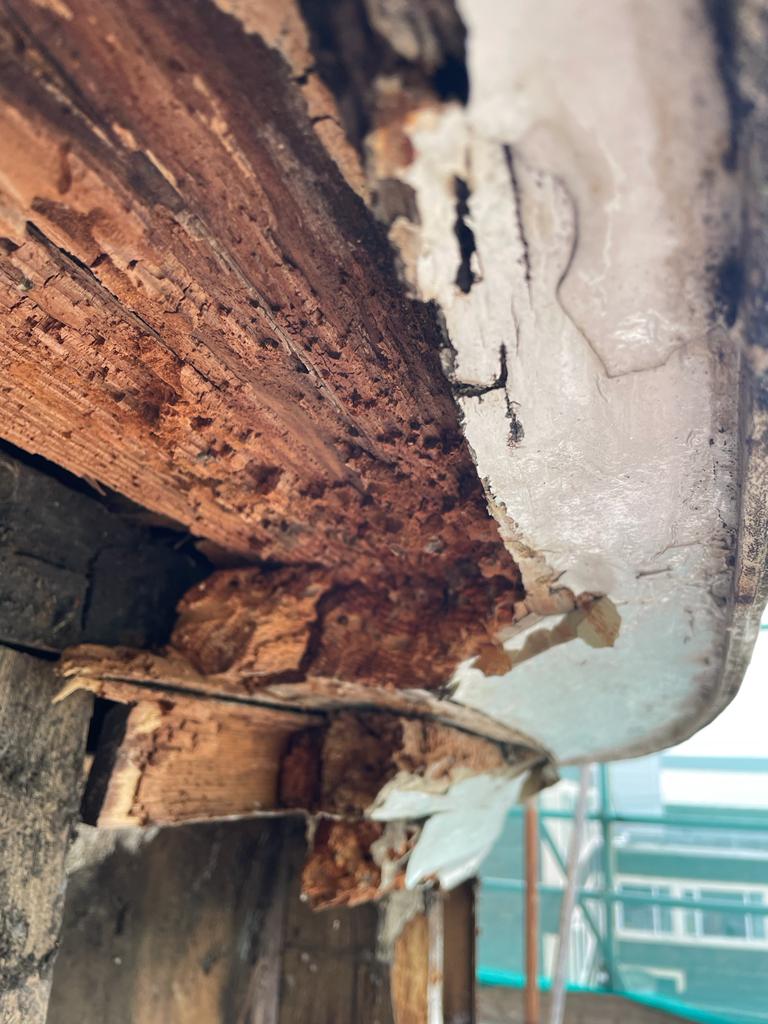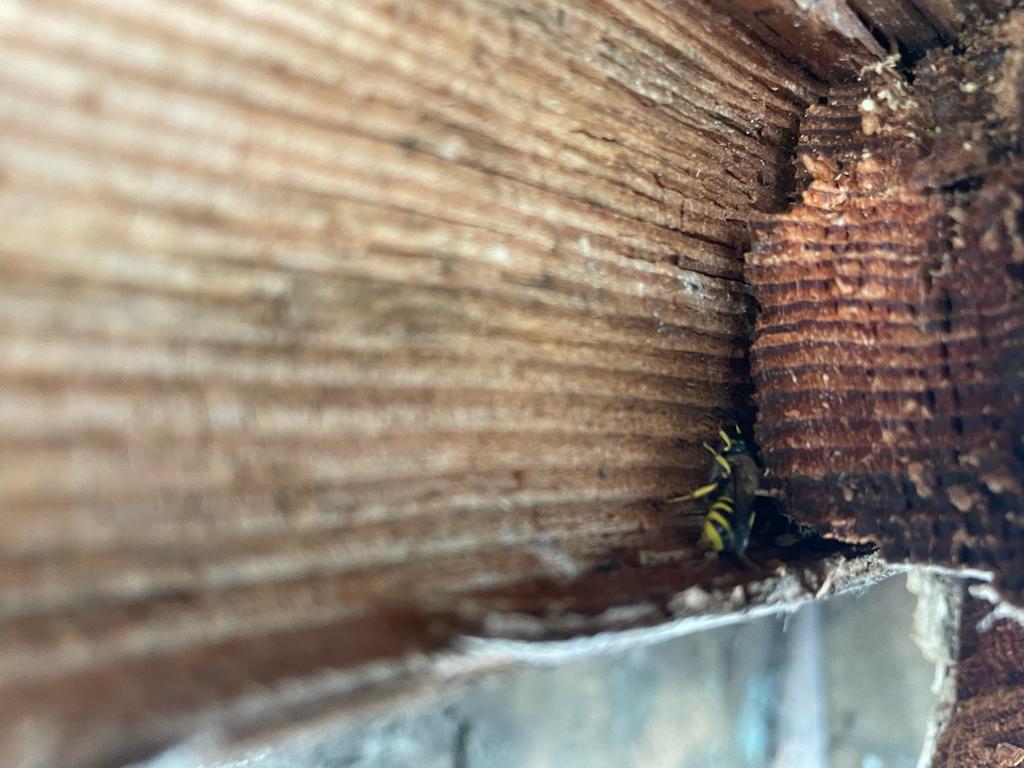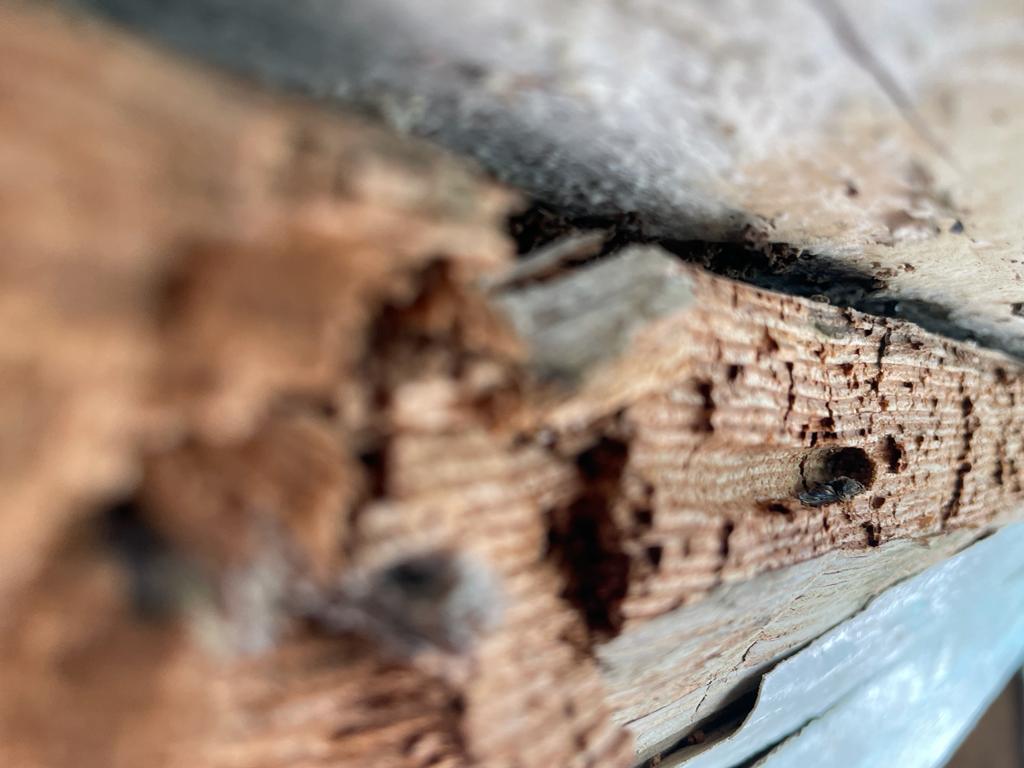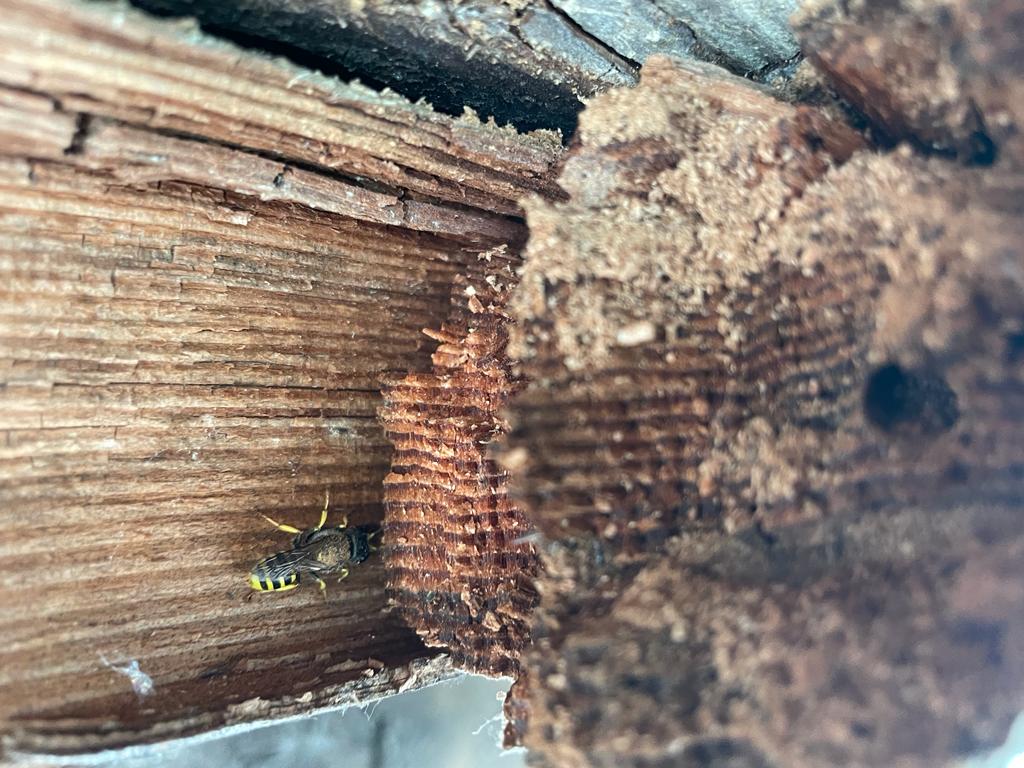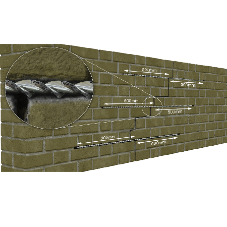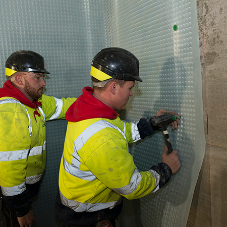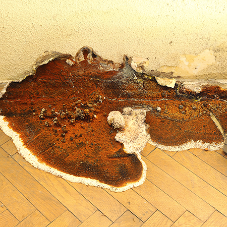When Wykamol registered installer, Northwest Dry Rot, was called in to repair timber issues at Liverpool university; a rare attack of Wood wasp was found causing issues to the timber of the structure.
What is a Wood wasp?
The Horntail, also generally known as the ‘Giant Wood Wasp’ or even ‘Greater Horntail’, is a large sawfly. It is usually discovered near pine woods or locations in which pine timbers are utilized.
A wood wasp (or horntail) infestation can be easily confused with woodworm infestation. As a member of the wasp family, the female is black and yellow coloured, with an exceptionally long ‘sting.’ This is her ovipositor, which she uses to penetrate the timber to lay her eggs, specifically in timbers such as pine.
The wood wasps’ exit holes are circular and have a diameter of 4 – 7 mm, depending on the species, and as such can cause issues to timbers.
When work takes place on buildings like these listed structures, the team at Wykamol are often called in to help on sites looking at Dry rot issues and woodworm infestations. It is rare to see wood wasp issues like these in the photographs. New timbers are treated and will be used to replace old timbers. Wykamol specialist products will be used throughout the structure to treat dry rot and fungal attack.
Thanks to Stuart Hankinson for these pictures and Wykamol are pleased to have taken part in another successful renovation.
Wykamol Specialist Contractor called into Liverpool University to treat rot and wood wasp problems
| T | +44 (0) 1282 473 100 |
|---|---|
| E | andrew.latimer@wykamol.com |
| W | Visit Wykamol's website |
| Wykamol Group Ltd, Boran Court, Network 65 Business Park, Burnley, BB11 5TH |


